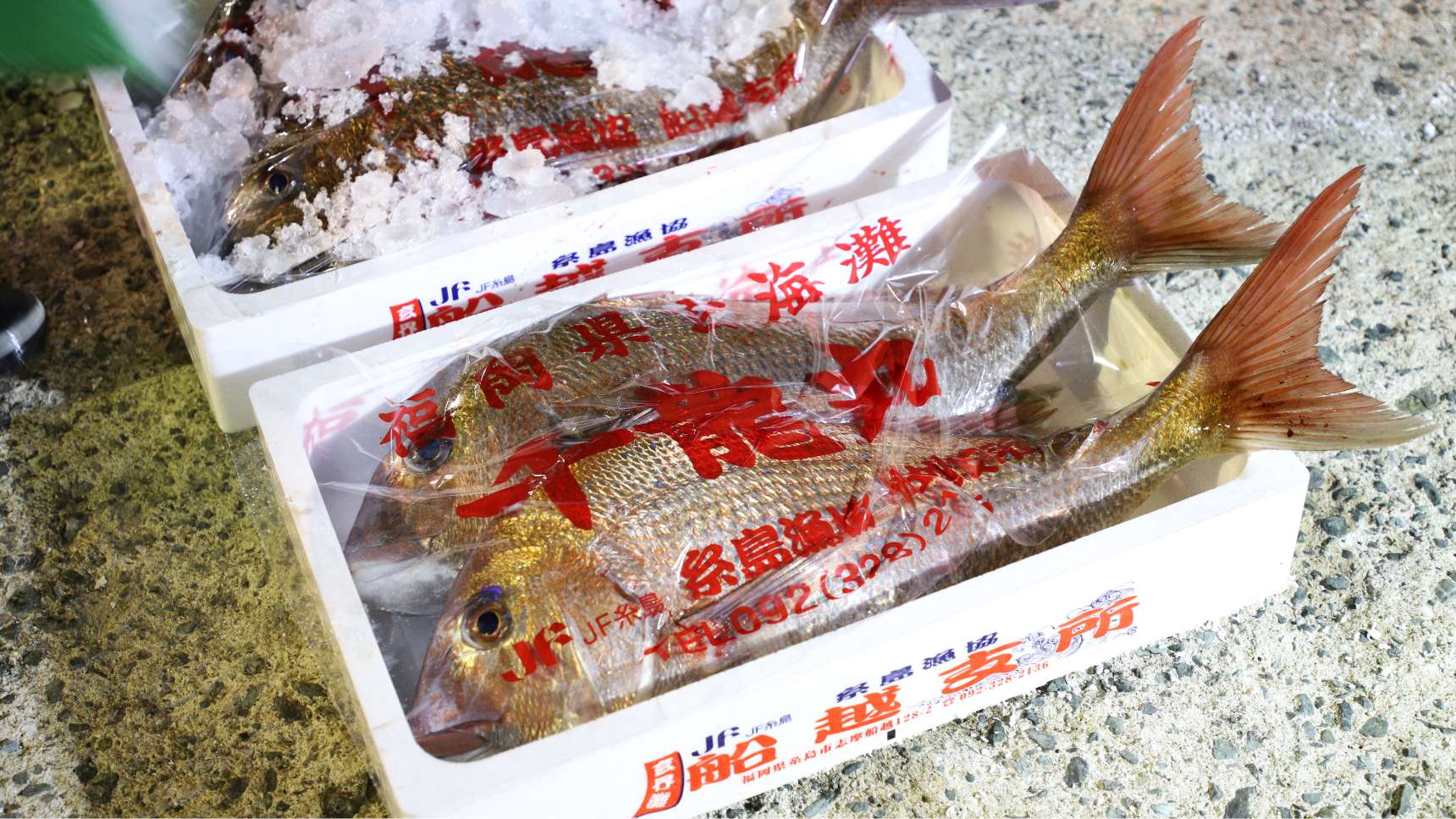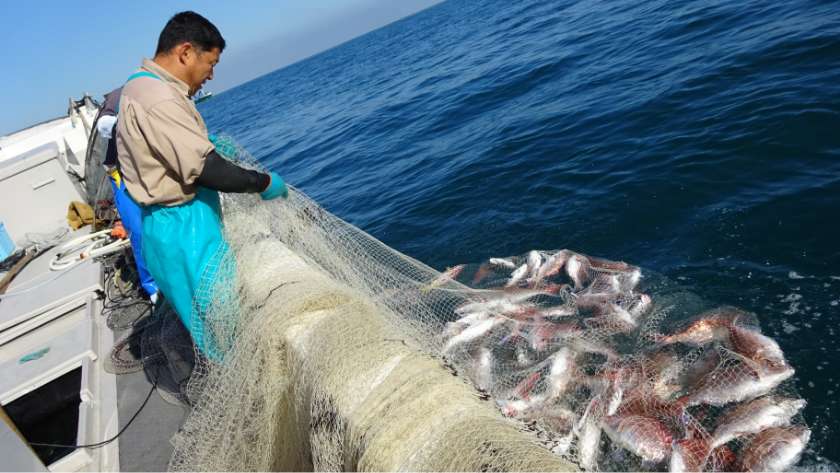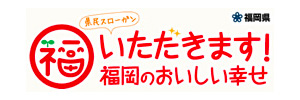〈Working On the Water〉 Wild Red Sea Bream from Itoshima
Catching Japan’s Luxury Fish—Madai—in Itoshima
The date is the first of May; it’s 4:00 in the morning on the first day after the lifting of the seasonal ban on gochiami off-bottom net trawling. A single boat leaves the Funakoshi fishing port. It is the start of this year’s hunt for red sea bream. We follow a day in the lives of the men who know how to catch this high-end favorite, also known as madai.







The fishing is conducted by a team of three—the ship’s captain, Kazutoyo Fujino, who has over 30 years’ experience, alongside fishermen Yoshihisa Yagi and Renta Tatemichi. They use a net (known as gochiami) that opens like a bag below the moving boat to catch fish that gather above a rock reef or gravel.
In general, there are two types of off-bottom net trawling techniques that can be used to catch sea bream. One needs just a single boat to drag the net (isso-gochiami), while the other requires two boats (niso-gochiami). Fujino’s team is working alone on a single boat. This type of trawling requires knowledge and skill—to steer the boat to catch a moving school of fish. Success depends in large part on reading the direction and speed of the current. The timing for each maneuver is a matter of the captain’s instinct, gained through years of experience.
We go to several spots in a day. Sometimes we catch fish, other times nothing. Nobody can know what the sea will bring! Sometimes the net will get caught on rocks and rip, too.” Even so, these fellows must be doing something right, as the boat returns to port at the end of the day with a good haul.
The fishing boat pulls into the harbor at 5:00 p.m. after a long day at sea. The large fish are transferred to a live holding pool close to the pier to be taken to the morning auction. The lively madai splash about as the sun begins to set. One feels the tremendous vitality of these sea bream that have spawned and mature in the Genkai Sea. Today the fishermen also caught isaki (grunt) in the nets. It was finally time to return the boat to its berth. But just when the work seemed to be over, the men would have to prepare fish to go to a direct-sales outlet. Then, starting at midnight, preparations would begin to ship the madai that had been set aside for auction at the Fukuoka Fish Market, to start at 3:00 a.m. Each fish is spiked for a trauma-free, quick kill and the spinal cord is severed using a technique known as shinkei-jime to preserve freshness. The fish is then placed in a white styrofoam box, labeled “Senryumaru,” and delivered by truck. At 6:00 the next morning everyone is ready to go out fishing again. When do they sleep?
When most people are still in bed, the first catch of the year of Japan’s prized red sea bream is being shipped to market.




